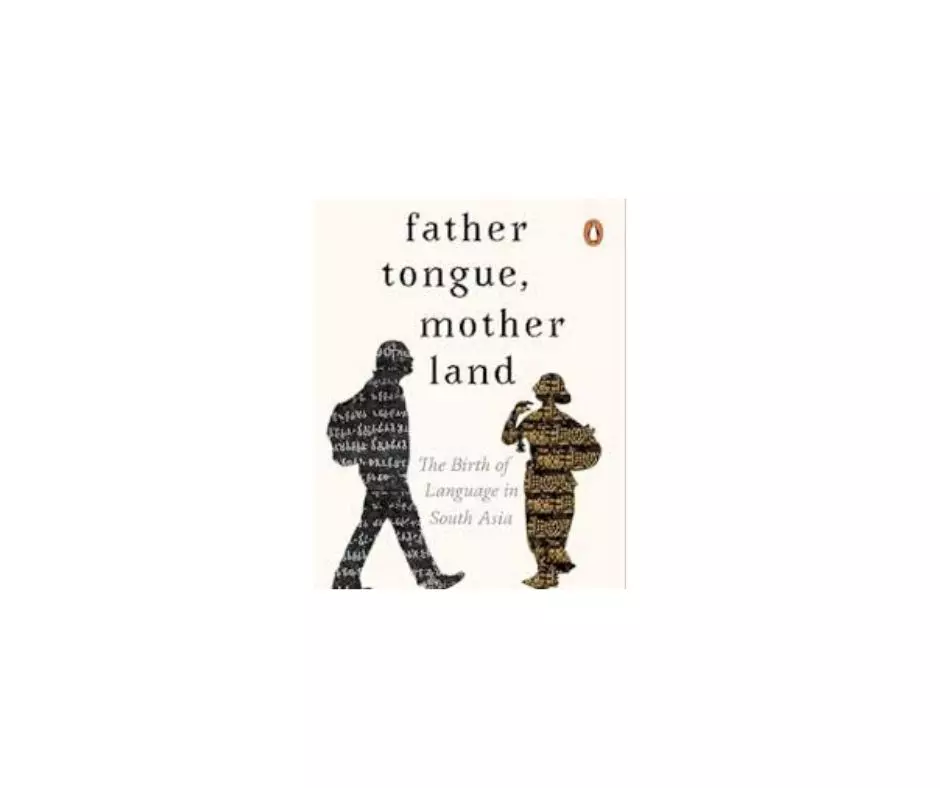Book Review | The Hidden Histories of Indian Languages
In the second half, a shift in focus takes place, and the southern Indian languages are inquired into. The cultural history of Tamil, Telugu, and Malayalam is retold

What did women do when their men went out exploring the world in the various epochs of history? One answer, coming from Peggy Mohan, states that they shaped linguistic power and their children wielded it with authority.
She emphasises the role women play in elevating a language from pidgin to creole status. She describes a two-stage process: First, a group of male migrants enters a new linguistic environment and adopts some local features, creating what she calls a semi-stable contact variety. Then, when these men begin to form families with local women, their children grow up in a gender-balanced, stable community. It is these children, raised primarily by mothers, who acquire the grammar of the local language but incorporate their fathers’ lexicon, solidifying a new creole. Mohan, in her thesis, sifts through various creoles, pidgins and “prakrits”. Creoles, she reminds us, “were mixed languages made by Africans for Africans, even if others did learn and use them”. That reframing shatters the romanticised pidgin-to-creole narrative as a peculiarly Caribbean quirk and casts it as a universal human phenomenon.
The semi-stable varieties of language she speaks about she terms “prakrits”, making a direct reference to how mixed grammars and vocabularies in the Sanskritic-Brahminical society bred languages that formed a hierarchy of power. Some creoles are more valid. More useful, more powerful than others, just like in the case with prakrit varieties. In the first half of the book, Mohan explores the general grammatical patterns in the northwestern Indian languages through case studies of Dakhni, Punjabi and Balochi. With a bold stroke, she attempts to reconstruct the elusive “Language X” of the Harappans through genetic and linguistic means. In the second half, a shift in focus takes place, and the southern Indian languages are inquired into. The cultural history of Tamil, Telugu, and Malayalam is retold. In the penultimate chapters, Mohan returns to the north and looks at border languages such as Kashmiri, Punjabi and Sindhi. The readers are thus presented with an expansive genealogy of various Indian languages. In the numerous interactions between cultural and political forces that give shape to the rules that govern the South Asian language family of languages, the author exposes the rhythms of human connections that shape the world that we speak ourselves into. Global migrations, gender dynamics and power structures are reflected in a culture’s language, and vice versa.
One professor of mine, during my Master’s course, had introduced me to the Language and Myths of Prehistory (LAMP) project when I had told him about my interest in mythological and religious studies. The goal of the project was a multifaceted study of a/the proto-Indo-European population. It had opened my eyes to a world of possibilities, and my excitement knew no bounds. I have had the chance to experience such exhilaration only a few times. Peggy Mohan’s deeply personal meditation, Father Tongue, Motherland, was responsible for one of those times in recent memory.
Father Tongue, Motherland: The Birth of Languages in South Asia
By Peggy Mohan
Penguin
pp. 360; Rs 699
